Home>Gardening & Outdoor>Landscaping Ideas>How To Fix Lumpy Artificial Grass
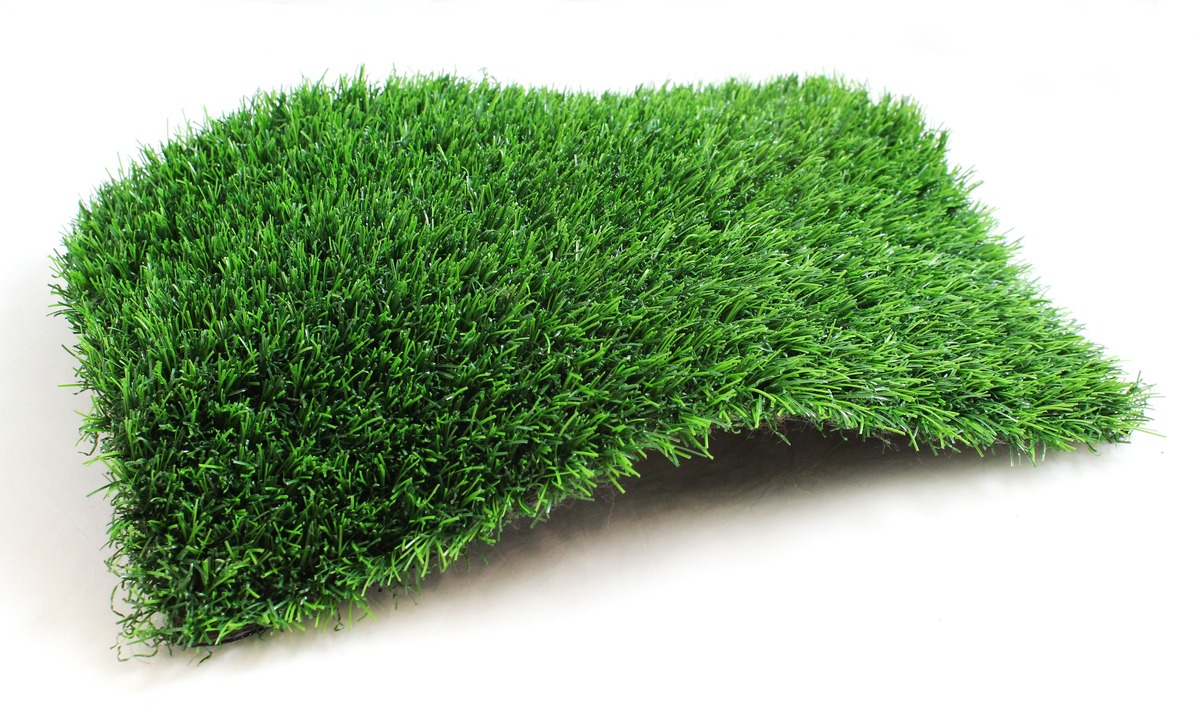

Landscaping Ideas
How To Fix Lumpy Artificial Grass
Modified: March 2, 2024
Learn effective landscaping ideas to fix lumpy artificial grass. Discover step-by-step solutions for a smooth and flawless lawn.
(Many of the links in this article redirect to a specific reviewed product. Your purchase of these products through affiliate links helps to generate commission for Storables.com, at no extra cost. Learn more)
Introduction
Artificial grass has become a popular choice for many homeowners and businesses seeking a low-maintenance, lush green lawn. However, over time, artificial grass can develop lumps and uneven areas, detracting from its aesthetic appeal and functionality. Fortunately, with the right tools and techniques, you can restore your artificial grass to a smooth and even surface.
In this comprehensive guide, we will delve into the common causes of lumpy artificial grass and provide a step-by-step approach to fixing this issue. Whether you're dealing with minor imperfections or more significant lumps, this guide will equip you with the knowledge and skills needed to rejuvenate your artificial lawn.
A smooth and level artificial grass surface not only enhances the visual appeal of your outdoor space but also ensures a safe and enjoyable environment for various activities. Whether it's a backyard play area, a pet-friendly space, or a commercial landscape, maintaining a flat and even artificial grass surface is essential for maximizing its longevity and usability.
By understanding the underlying causes of lumpy artificial grass and learning the proper techniques for addressing these issues, you can take proactive steps to preserve the beauty and functionality of your artificial lawn. With the right approach, you can achieve a seamless and natural-looking artificial grass surface that enhances the overall charm of your outdoor living space.
Now, let's explore the factors contributing to lumpy artificial grass and the essential tools and materials required to tackle this common issue. Whether you're a seasoned DIY enthusiast or a first-time artificial grass owner, this guide will empower you to transform your lumpy lawn into a smooth and inviting oasis.
Key Takeaways:
- Don’t let lumpy artificial grass ruin your outdoor space! Use tools like a power broom and infill brush to fix uneven areas caused by poor base preparation and environmental factors. Keep your lawn smooth for a beautiful and safe outdoor environment.
- Maintaining smooth artificial grass is key to its longevity. Regular brushing, proper drainage maintenance, and proactive repairs can prevent lumps and ensure a welcoming outdoor space for leisure and relaxation.
Read more: How To Fix Lumpy Pillows
Understanding the Causes of Lumpy Artificial Grass
Lumpy artificial grass can be a source of frustration for many homeowners and property managers. Understanding the underlying causes of this issue is crucial for effectively addressing and preventing it. Several factors can contribute to the development of lumps and uneven areas in artificial grass, ranging from installation issues to environmental influences. By gaining insight into these causes, you can take targeted measures to restore your artificial lawn to a smooth and visually appealing state.
Improper Base Preparation
One of the primary causes of lumpy artificial grass is inadequate base preparation during the installation process. If the base, which typically consists of compacted gravel or sand, is not properly leveled and compacted, it can lead to uneven settling over time. This can result in visible lumps and depressions on the surface of the artificial grass.
Poor Drainage
Inadequate drainage beneath the artificial grass can also contribute to lumpy areas. When water is unable to properly drain away from the surface, it can accumulate in certain areas, causing the infill material to shift and create unevenness. Additionally, standing water can lead to the formation of lumps as the infill becomes saturated and loses its ability to maintain a consistent level.
Substandard Infill Distribution
The infill material used in artificial grass serves multiple purposes, including providing stability, support, and a natural look and feel. However, if the infill is not evenly distributed during installation or becomes displaced over time, it can result in lumps and irregularities on the surface. This can occur due to foot traffic, pet activity, or environmental factors.
Read more: How To Fix A Paver Patio
Environmental Factors
Natural elements such as temperature fluctuations, settling soil, and root growth from nearby trees or plants can also contribute to the development of lumpy artificial grass. These environmental influences can cause the underlying base to shift and create uneven areas on the surface.
Wear and Tear
High-traffic areas, such as pathways and play areas, are prone to developing lumps and unevenness over time. The constant pressure and movement can displace the infill and compact the underlying base, leading to visible irregularities on the artificial grass surface.
By recognizing these common causes of lumpy artificial grass, you can take proactive measures to address the underlying issues and prevent future recurrence. In the following sections, we will explore the essential tools and materials needed to rectify lumpy artificial grass and provide a step-by-step guide to achieving a smooth and inviting lawn surface.
Tools and Materials Needed for Fixing Lumpy Artificial Grass
When it comes to fixing lumpy artificial grass, having the right tools and materials at your disposal is essential for achieving a successful outcome. Whether you're addressing minor irregularities or significant lumps, the following items will empower you to restore your artificial lawn to a smooth and visually appealing state.
Tools:
-
Power Broom or Stiff Bristle Broom: A power broom or a stiff bristle broom is instrumental in loosening and redistributing the infill material. It helps to level out lumpy areas and restore the uniformity of the artificial grass surface.
-
Shovel or Rake: A shovel or rake can be used to address underlying base issues, such as uneven settling or poor drainage. It allows you to redistribute the base material and improve the overall levelness of the surface.
-
Infill Brush or Drop Spreader: An infill brush or drop spreader is essential for evenly distributing infill material across the artificial grass. This helps to stabilize the surface and mitigate lumps caused by uneven infill distribution.
-
Utility Knife: A utility knife is useful for trimming and adjusting the edges of the artificial grass, ensuring a clean and precise finish after addressing lumpy areas.
-
Leveling Bar: A leveling bar can aid in compacting and leveling the base material, addressing any unevenness that may be contributing to lumps in the artificial grass.
Read more: How To Fix A Pergola To A Patio
Materials:
-
Infill Material: Depending on the type of artificial grass you have, you may need to replenish the infill material to restore its stability and uniformity. Common infill materials include silica sand, rubber granules, or a combination of both.
-
Base Material (if needed): If the lumps are attributed to uneven settling or poor base preparation, additional base material such as gravel or decomposed granite may be required to level the surface and provide adequate support.
-
Adhesive Tape or Seaming Glue (if needed): In cases where lumps are caused by seams coming apart, adhesive tape or seaming glue can be used to rejoin and secure the edges of the artificial grass, preventing future irregularities.
-
Weed Barrier Fabric (if needed): If the lumps are a result of weed growth beneath the artificial grass, weed barrier fabric can be used to suppress weed growth and maintain a smooth surface.
By ensuring that you have the necessary tools and materials on hand, you can approach the task of fixing lumpy artificial grass with confidence and precision. In the next section, we will delve into a step-by-step guide to effectively addressing lumpy areas and restoring the beauty of your artificial lawn.
Step-by-Step Guide to Fixing Lumpy Artificial Grass
-
Assess the Situation: Begin by carefully inspecting the lumpy areas on your artificial grass. Identify the underlying causes, such as poor drainage, infill displacement, or base irregularities. Understanding the specific issues will guide your approach to rectifying the lumps effectively.
-
Loosen the Infill: Utilize a power broom or stiff bristle broom to gently loosen the infill material within the lumpy areas. This will help redistribute the infill and alleviate the unevenness, restoring a more uniform surface.
-
Address Base Irregularities: If the lumps are attributed to uneven settling or poor base preparation, use a shovel or rake to redistribute the base material. Ensure that the base is level and adequately compacted to provide a stable foundation for the artificial grass.
-
Distribute New Infill: If necessary, use an infill brush or drop spreader to evenly distribute new infill material across the affected areas. This will help stabilize the surface and mitigate lumps caused by uneven infill distribution.
-
Trim and Adjust Edges: Use a utility knife to trim and adjust the edges of the artificial grass, ensuring a clean and precise finish after addressing the lumpy areas. This step contributes to the overall aesthetic appeal of the lawn.
-
Compact the Base: Employ a leveling bar to compact and level the base material beneath the lumpy areas. This will help address any underlying unevenness and contribute to a smoother artificial grass surface.
-
Replenish Infill as Needed: Depending on the type of artificial grass and the extent of lumps, consider replenishing the infill material to restore its stability and uniformity. Common infill materials include silica sand, rubber granules, or a combination of both.
-
Secure Seams (if necessary): In cases where lumps are caused by seams coming apart, utilize adhesive tape or seaming glue to rejoin and secure the edges of the artificial grass. This will prevent future irregularities and ensure a seamless appearance.
-
Prevent Weed Growth: If the lumps are a result of weed growth beneath the artificial grass, consider using weed barrier fabric to suppress weed growth and maintain a smooth surface.
By following these step-by-step guidelines, you can effectively address lumpy areas on your artificial grass, restoring its visual appeal and functionality. Regular maintenance and proactive measures will contribute to a consistently smooth and inviting artificial grass surface, enhancing the overall charm of your outdoor space.
Tips for Maintaining a Smooth Artificial Grass Surface
Maintaining a smooth artificial grass surface is essential for preserving its aesthetic appeal and ensuring long-term durability. By implementing proactive maintenance practices, you can prevent the recurrence of lumps and irregularities, contributing to a consistently inviting outdoor space. Here are valuable tips for effectively maintaining a smooth artificial grass surface:
-
Regular Brushing: Schedule routine brushing sessions using a stiff bristle broom or a power broom to prevent the accumulation of debris and maintain the upright position of the grass blades. This helps distribute the infill evenly, reducing the likelihood of lumps and matting.
-
Proper Drainage Maintenance: Ensure that the drainage system beneath the artificial grass remains clear and functional. Periodically inspect and clear any debris or obstructions that may impede proper water drainage. Adequate drainage minimizes the risk of water pooling, which can lead to uneven settling and lumpy areas.
-
Infill Redistribution: Monitor the distribution of infill material and redistribute it as needed to maintain a consistent and supportive surface. High-traffic areas may require more frequent infill redistribution to prevent compaction and unevenness.
-
Pet Waste Management: Promptly remove pet waste and rinse the affected areas to prevent odor and bacterial buildup. Regular maintenance of pet-friendly artificial grass areas contributes to a cleaner and more hygienic surface, reducing the risk of localized irregularities.
-
Weed Control: Keep the perimeter of the artificial grass clear of weeds and invasive plants. Implementing a proactive weed control strategy, such as using weed barrier fabric or applying pet-safe herbicides, helps prevent weed growth beneath the grass, minimizing the risk of lumps caused by root intrusion.
-
Proactive Repairs: Address any seam separations, tears, or damaged areas promptly to prevent the exacerbation of lumps and unevenness. Utilize adhesive tape or seaming glue to secure seams and maintain the integrity of the artificial grass surface.
-
Seasonal Inspections: Conduct seasonal inspections to identify any signs of wear, infill displacement, or base irregularities. Proactive monitoring allows for timely intervention, preventing minor issues from developing into significant lumps and uneven areas.
-
Professional Maintenance: Consider scheduling professional maintenance services, such as deep cleaning and infill replenishment, to ensure the long-term integrity of your artificial grass surface. Professional maintenance can address underlying issues and rejuvenate the appearance of the lawn.
By incorporating these tips into your maintenance routine, you can uphold a smooth and visually appealing artificial grass surface, creating an inviting outdoor environment for leisure, recreation, and relaxation. Consistent care and attention contribute to the longevity and beauty of your artificial lawn, enhancing the overall enjoyment of your outdoor living space.
Conclusion
In conclusion, maintaining a smooth and luscious artificial grass surface is essential for preserving the beauty and functionality of outdoor spaces. By understanding the common causes of lumpy artificial grass and equipping yourself with the necessary tools, materials, and techniques, you can effectively address and prevent this issue. Whether it's rectifying minor irregularities or undertaking comprehensive restoration, the proactive approach outlined in this guide empowers homeowners and property managers to transform lumpy artificial grass into a visually appealing and inviting landscape feature.
The step-by-step guide provided valuable insights into the process of fixing lumpy artificial grass, emphasizing the importance of thorough assessment, infill redistribution, base leveling, and meticulous maintenance. By following these guidelines, individuals can take proactive measures to restore the smoothness and uniformity of their artificial lawns, creating a welcoming environment for various activities and enhancing the overall aesthetic appeal of their outdoor living spaces.
Furthermore, the tips for maintaining a smooth artificial grass surface underscore the significance of regular brushing, proper drainage maintenance, infill redistribution, pet waste management, weed control, proactive repairs, seasonal inspections, and professional maintenance. By incorporating these practices into their routine, individuals can uphold the integrity and allure of their artificial grass, ensuring a long-lasting and enjoyable outdoor environment for family, pets, and guests.
Ultimately, the journey to fixing lumpy artificial grass extends beyond mere restoration; it encompasses a commitment to proactive care, attention to detail, and a deep appreciation for the transformative power of a well-maintained outdoor landscape. By embracing the knowledge and techniques presented in this guide, individuals can embark on a fulfilling endeavor to create and sustain a smooth and inviting artificial grass surface, elevating the charm and functionality of their outdoor living spaces for years to come.
Frequently Asked Questions about How To Fix Lumpy Artificial Grass
Was this page helpful?
At Storables.com, we guarantee accurate and reliable information. Our content, validated by Expert Board Contributors, is crafted following stringent Editorial Policies. We're committed to providing you with well-researched, expert-backed insights for all your informational needs.
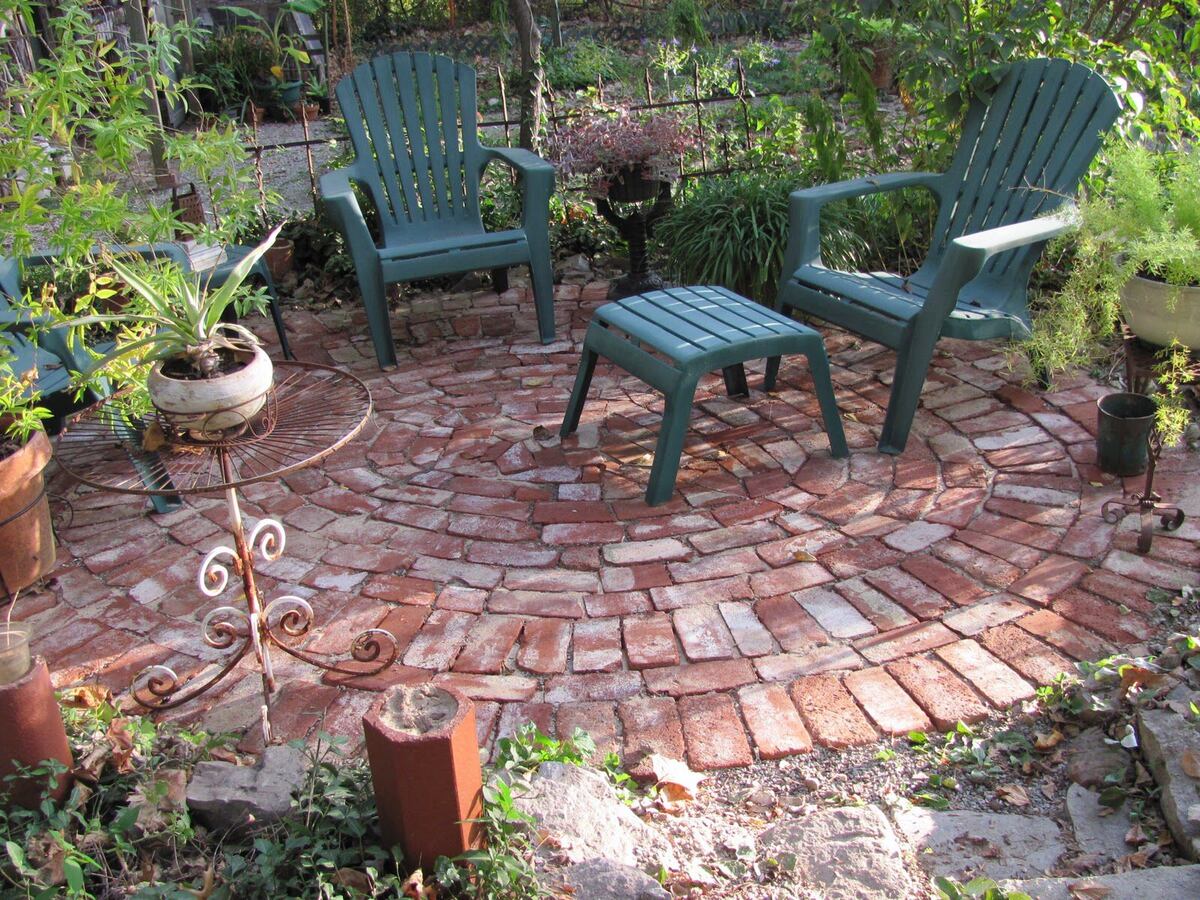
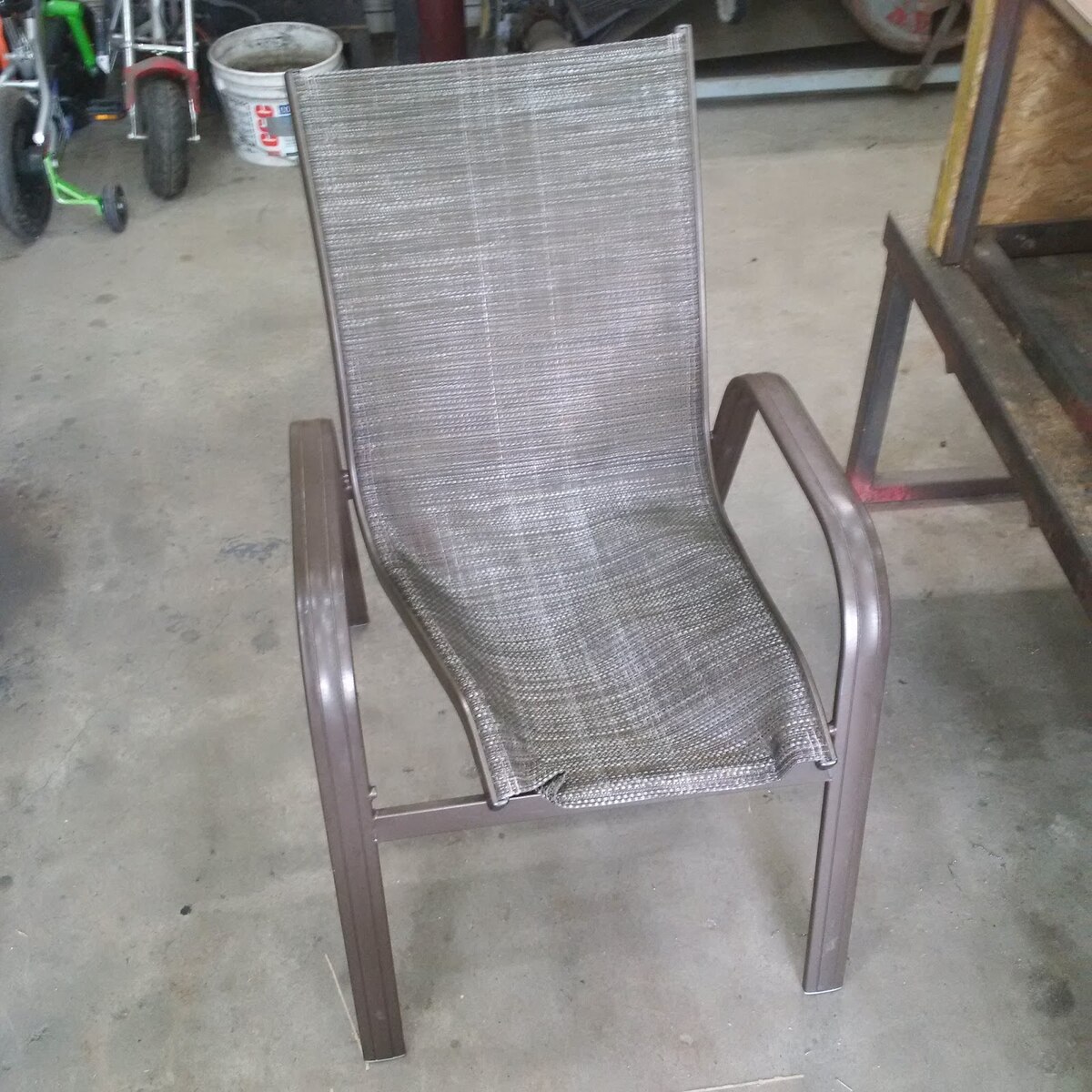
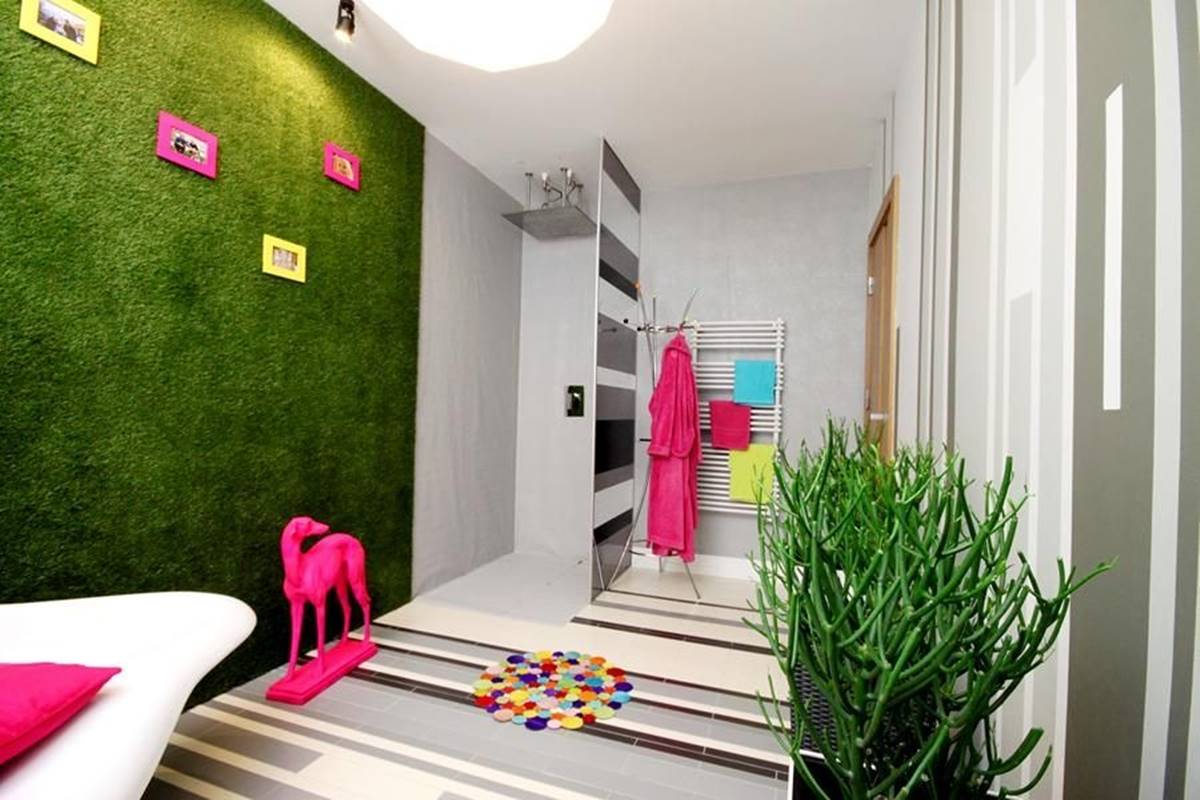
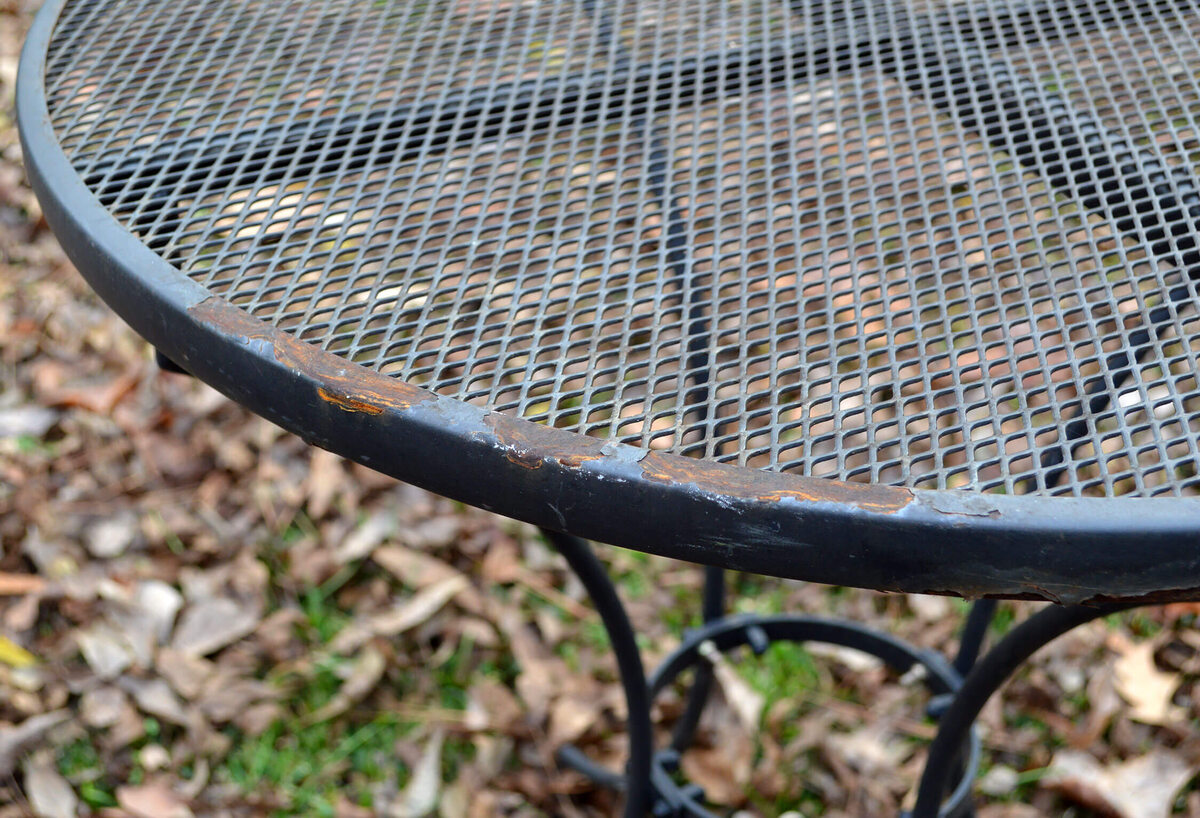
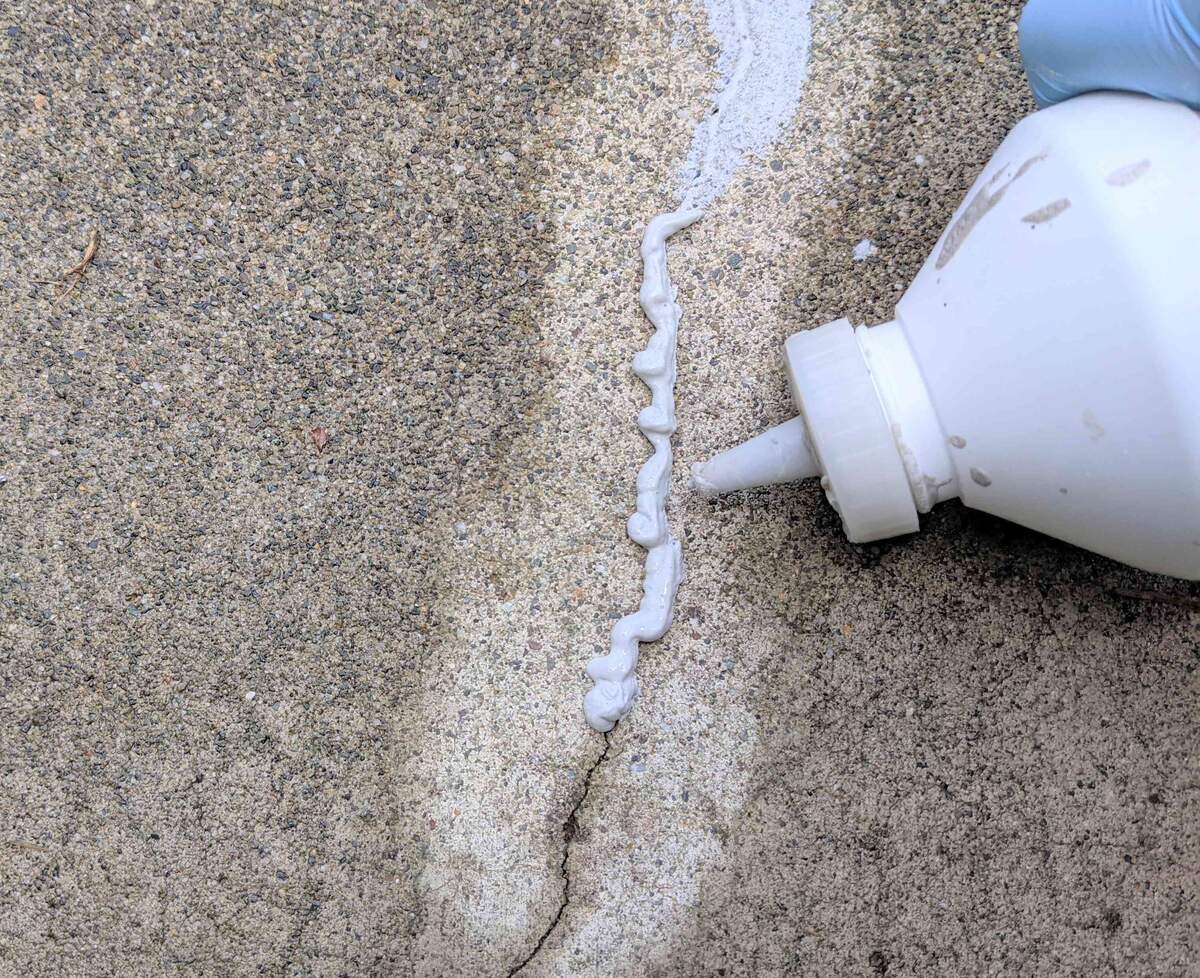
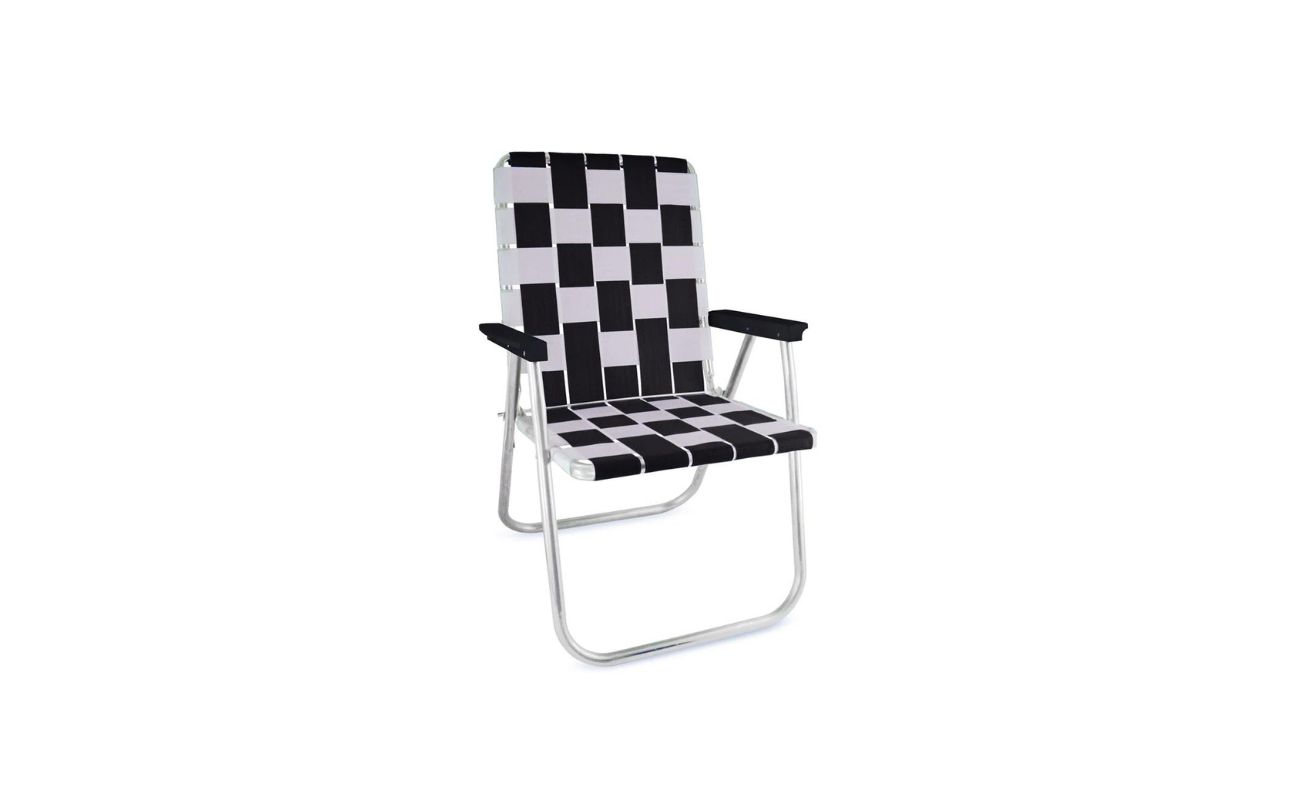
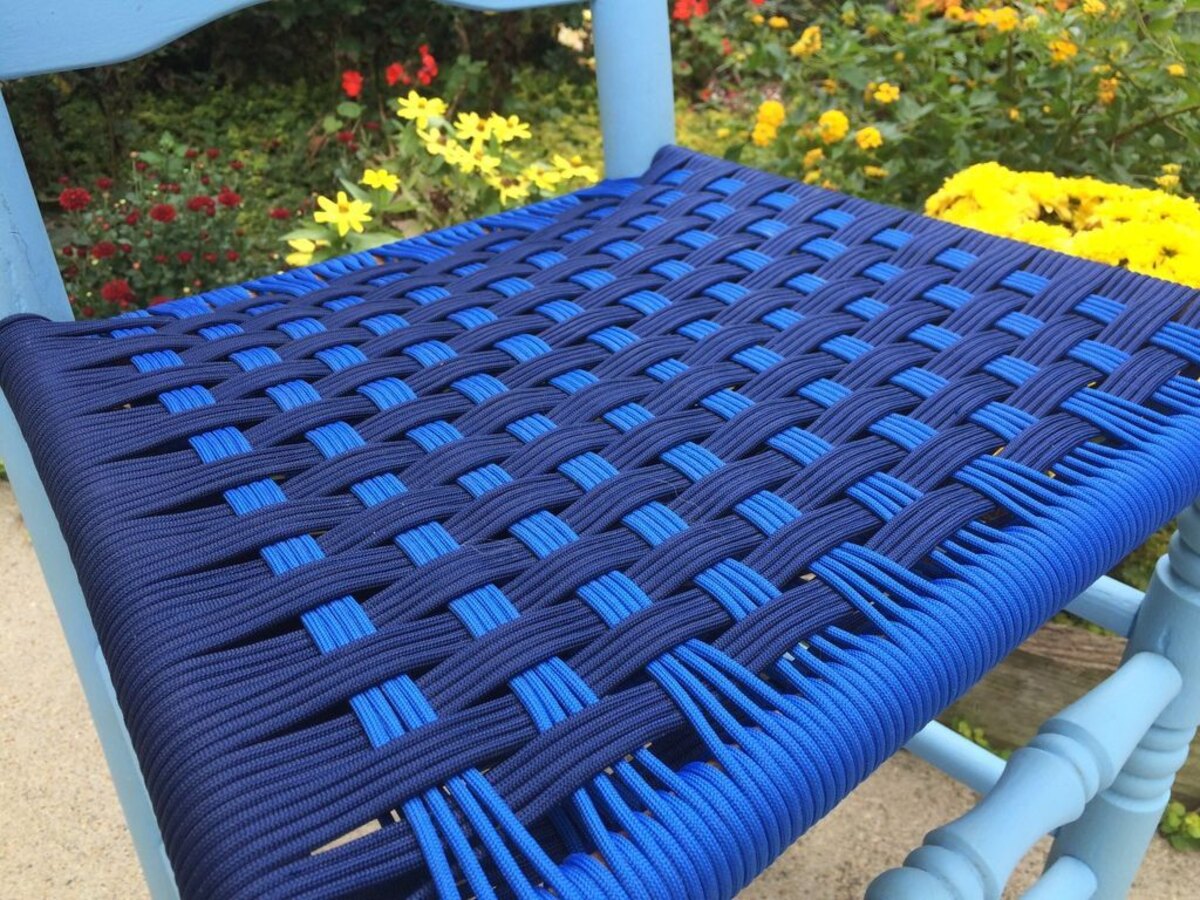
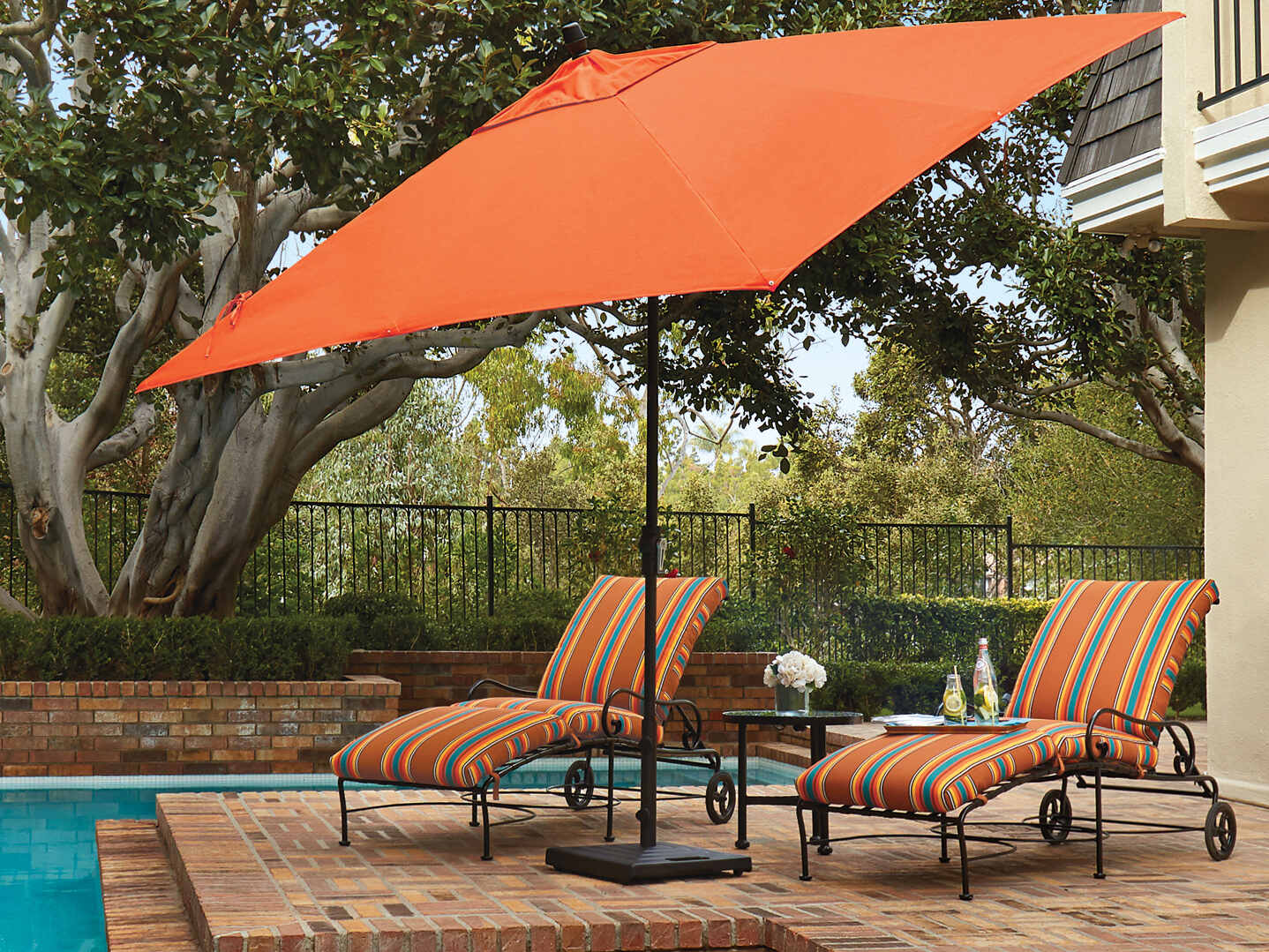
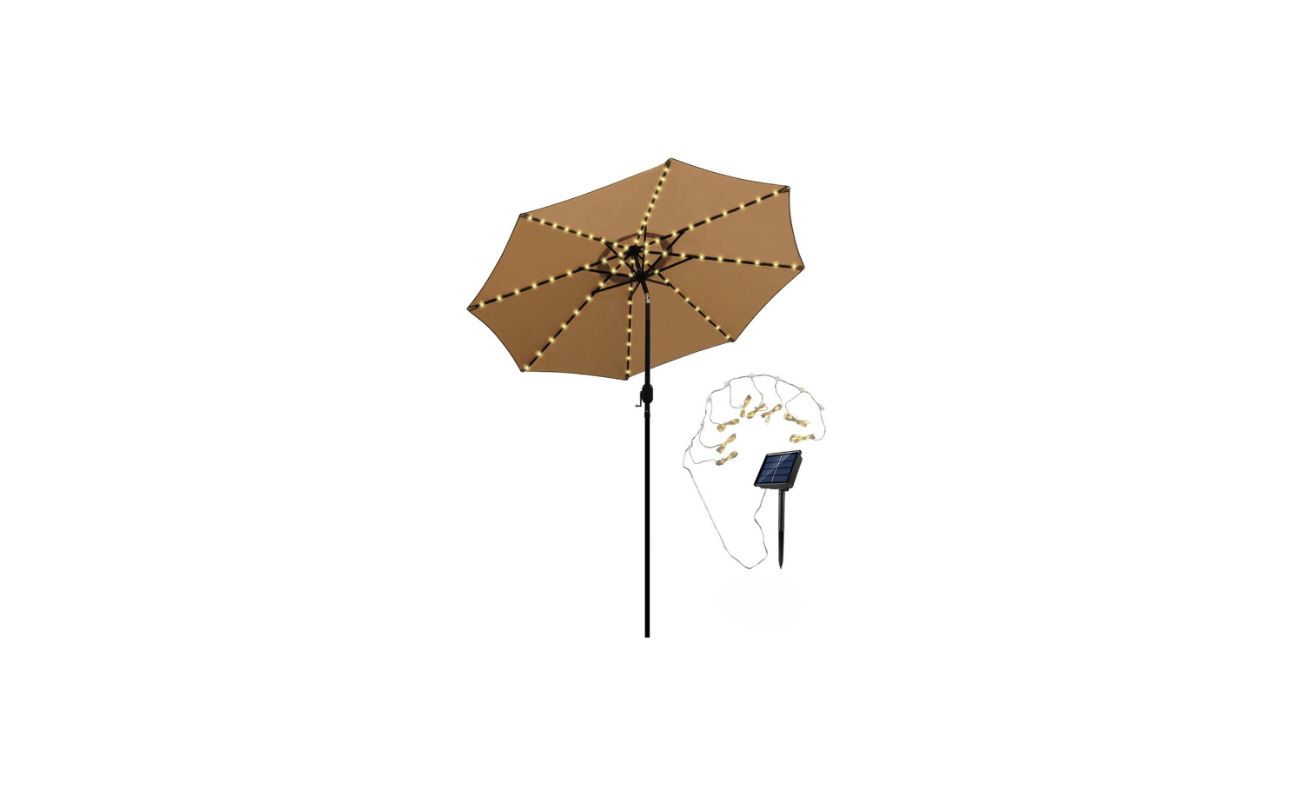
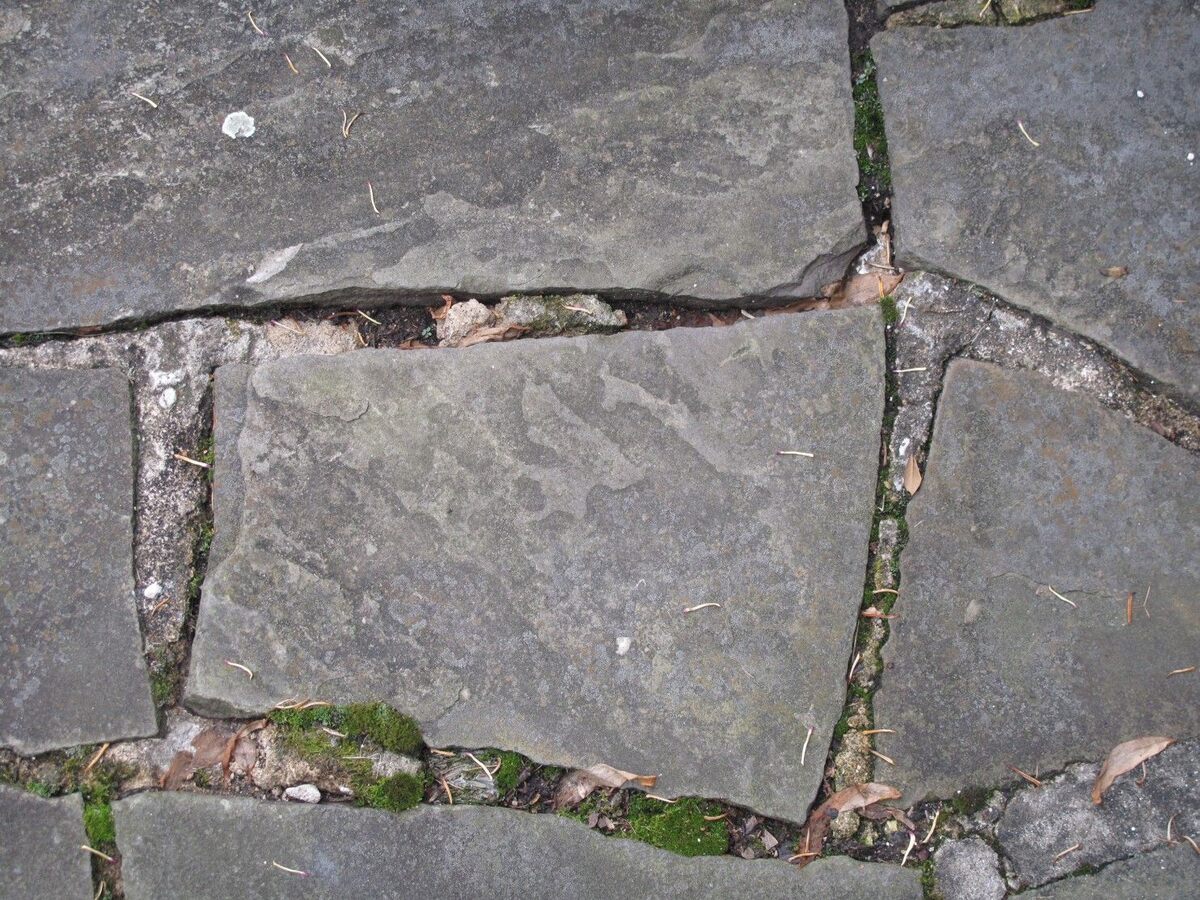
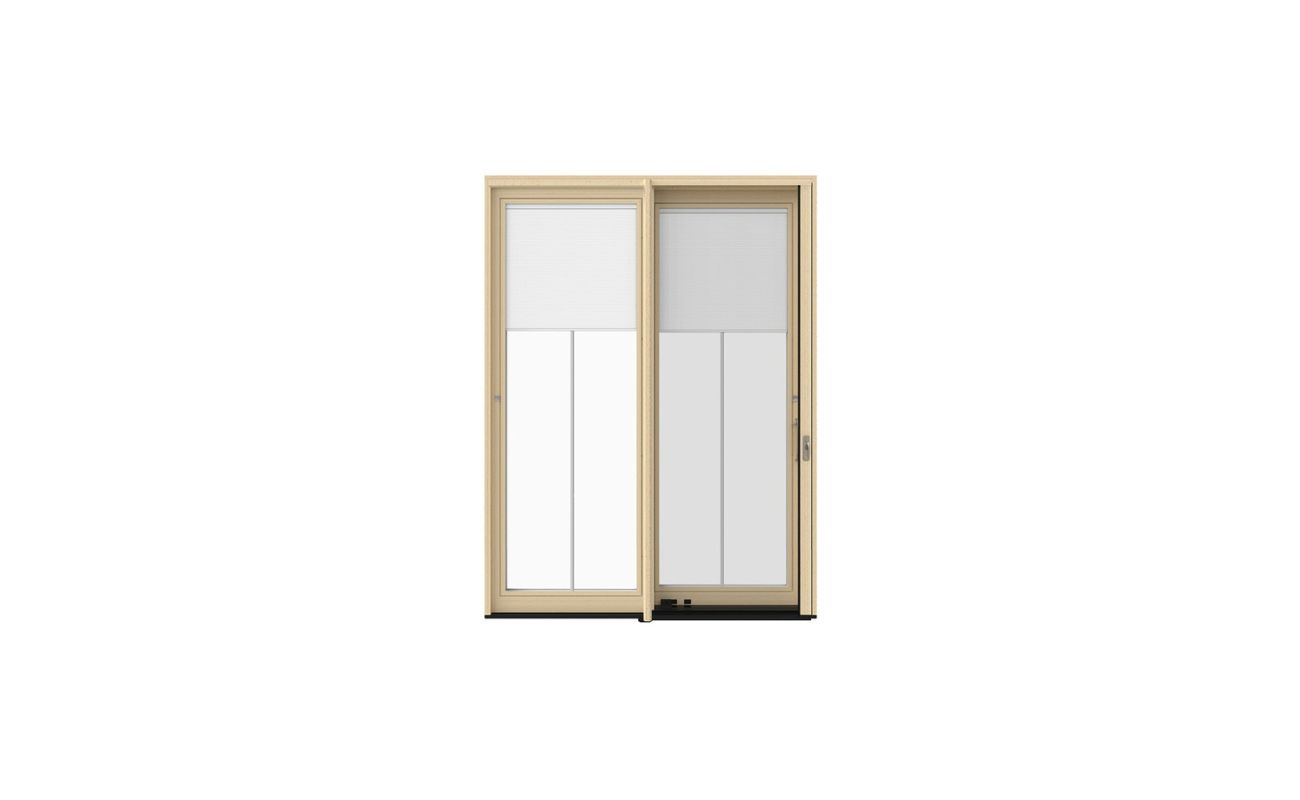
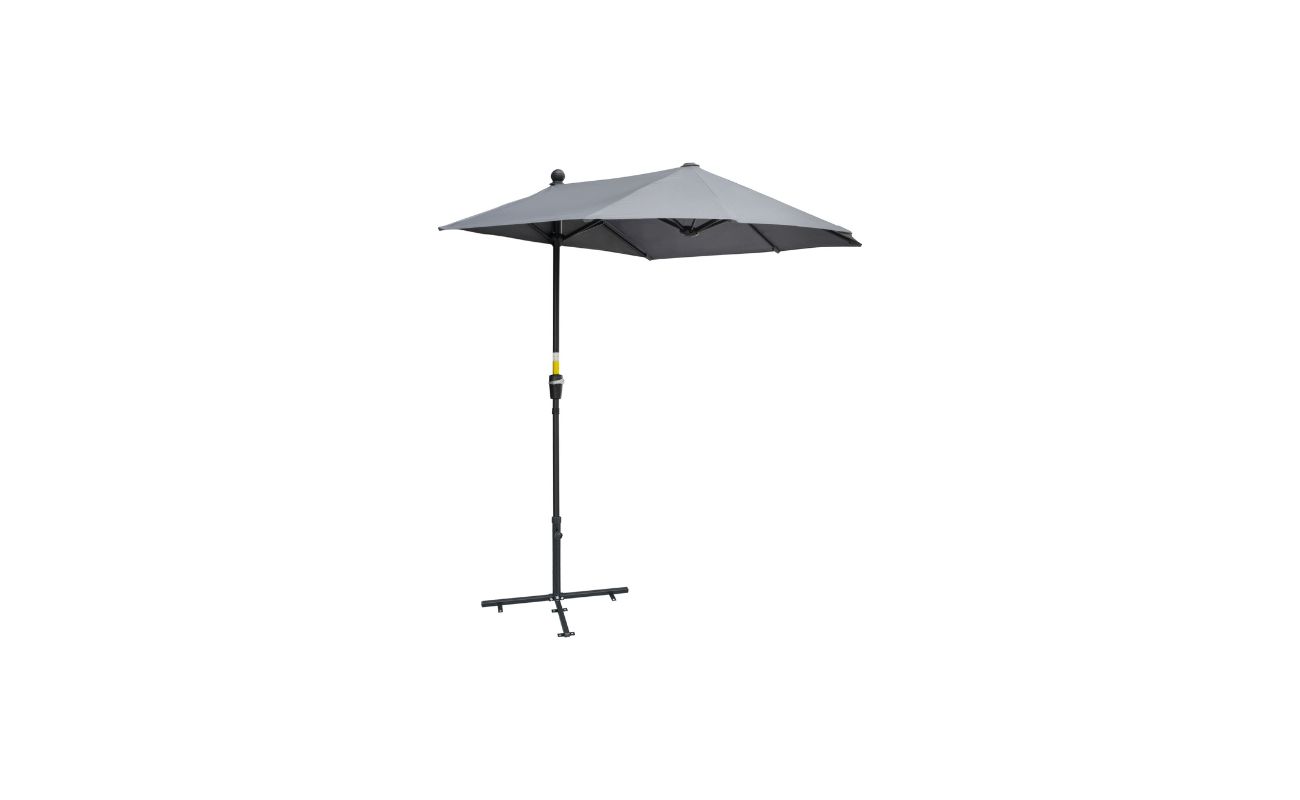
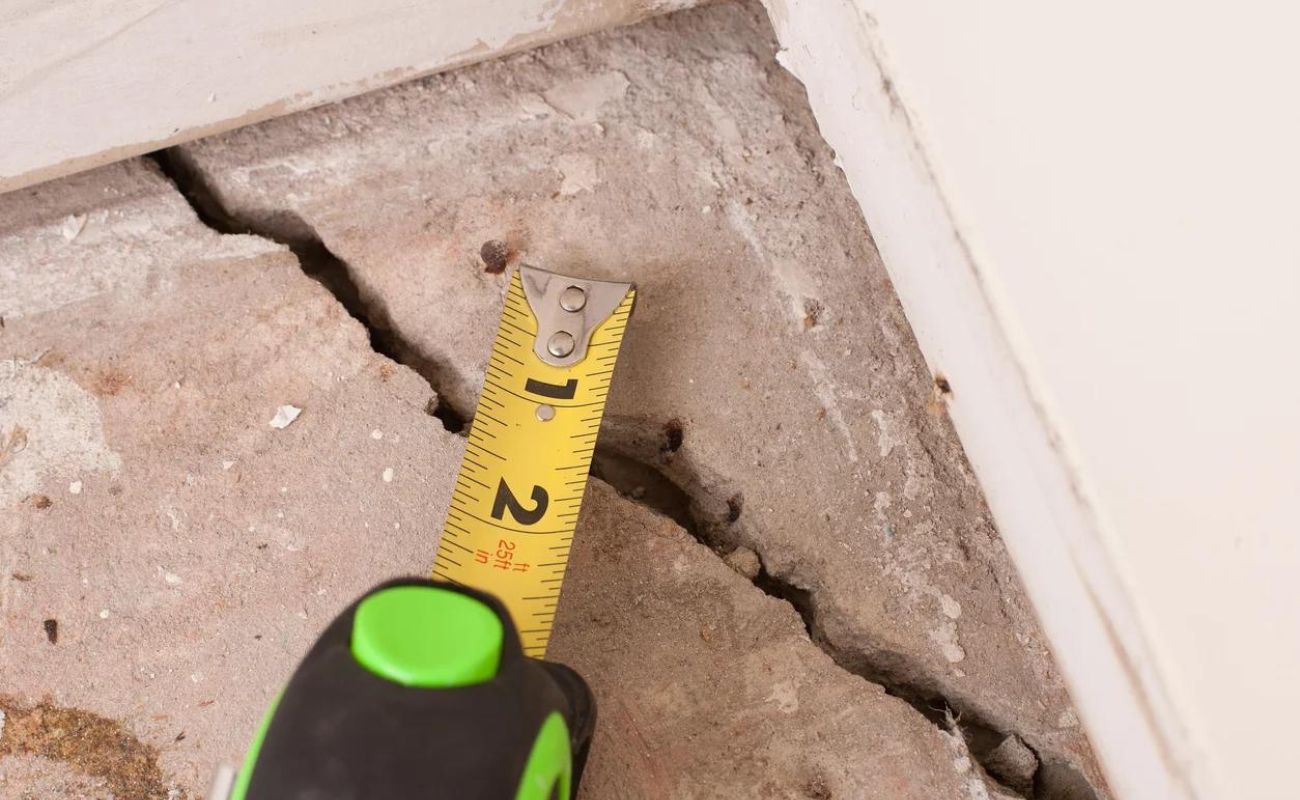

0 thoughts on “How To Fix Lumpy Artificial Grass”